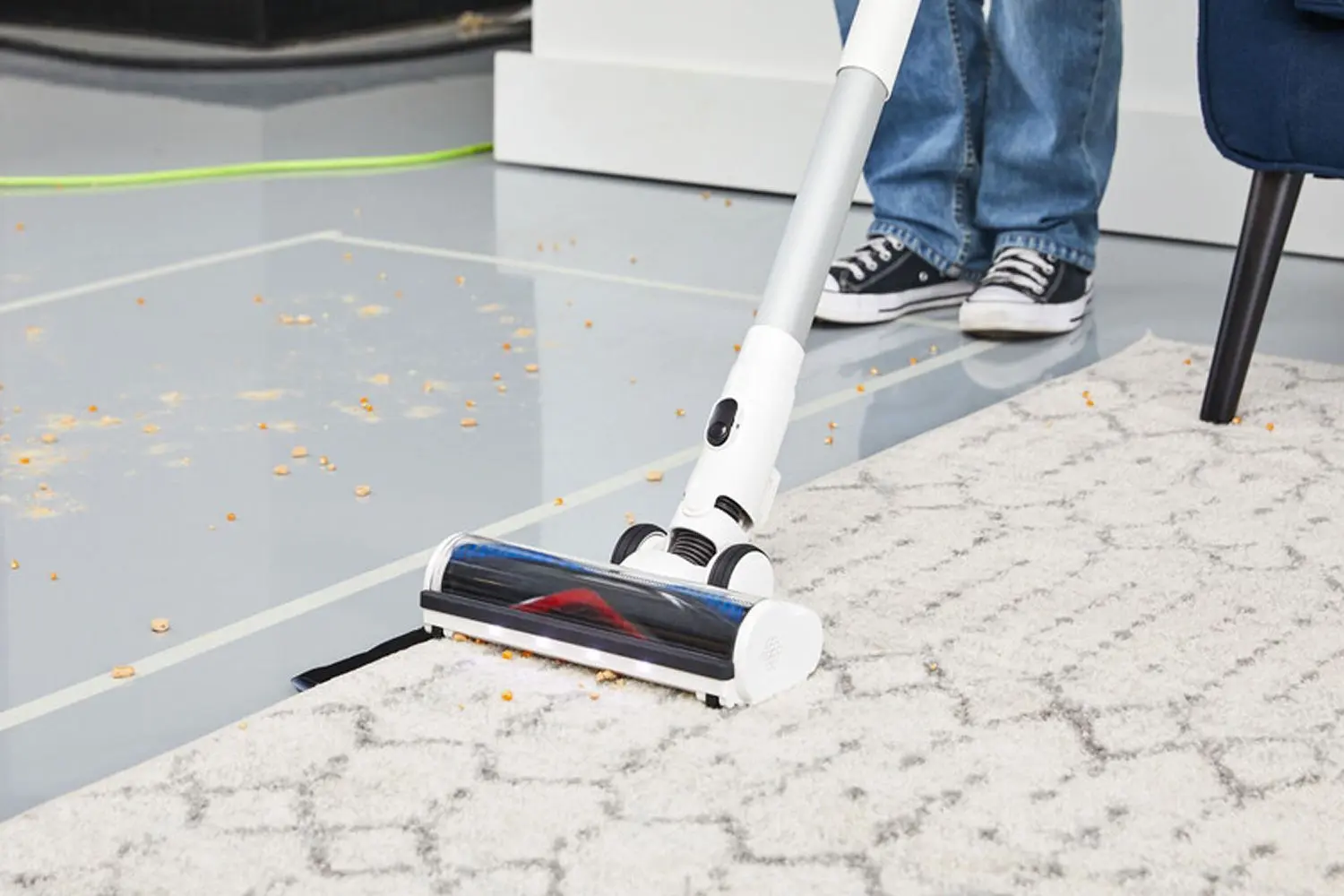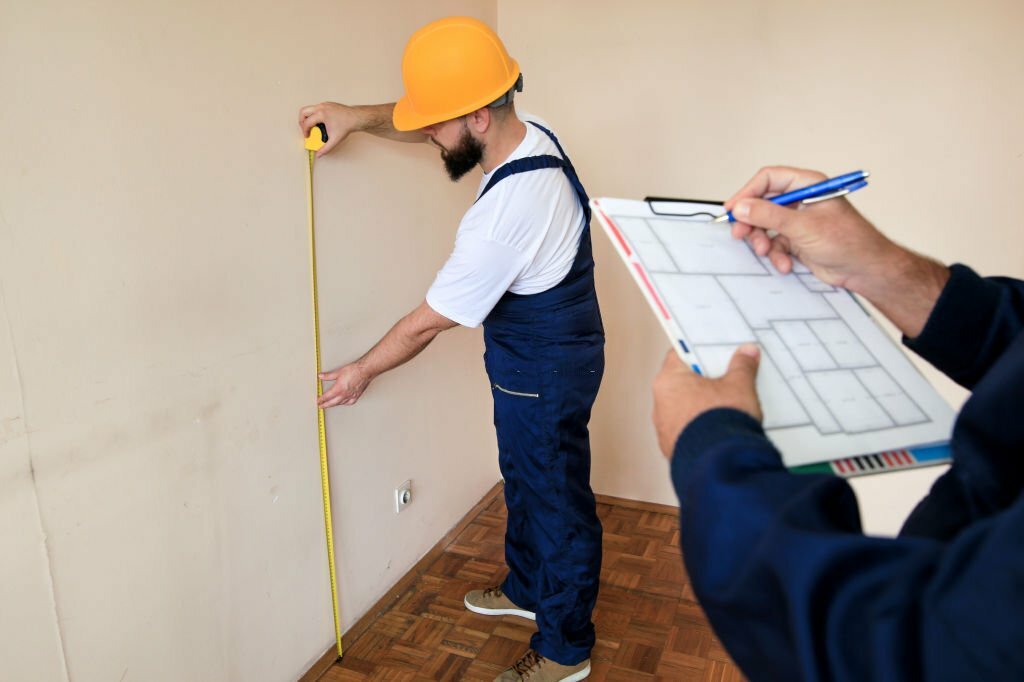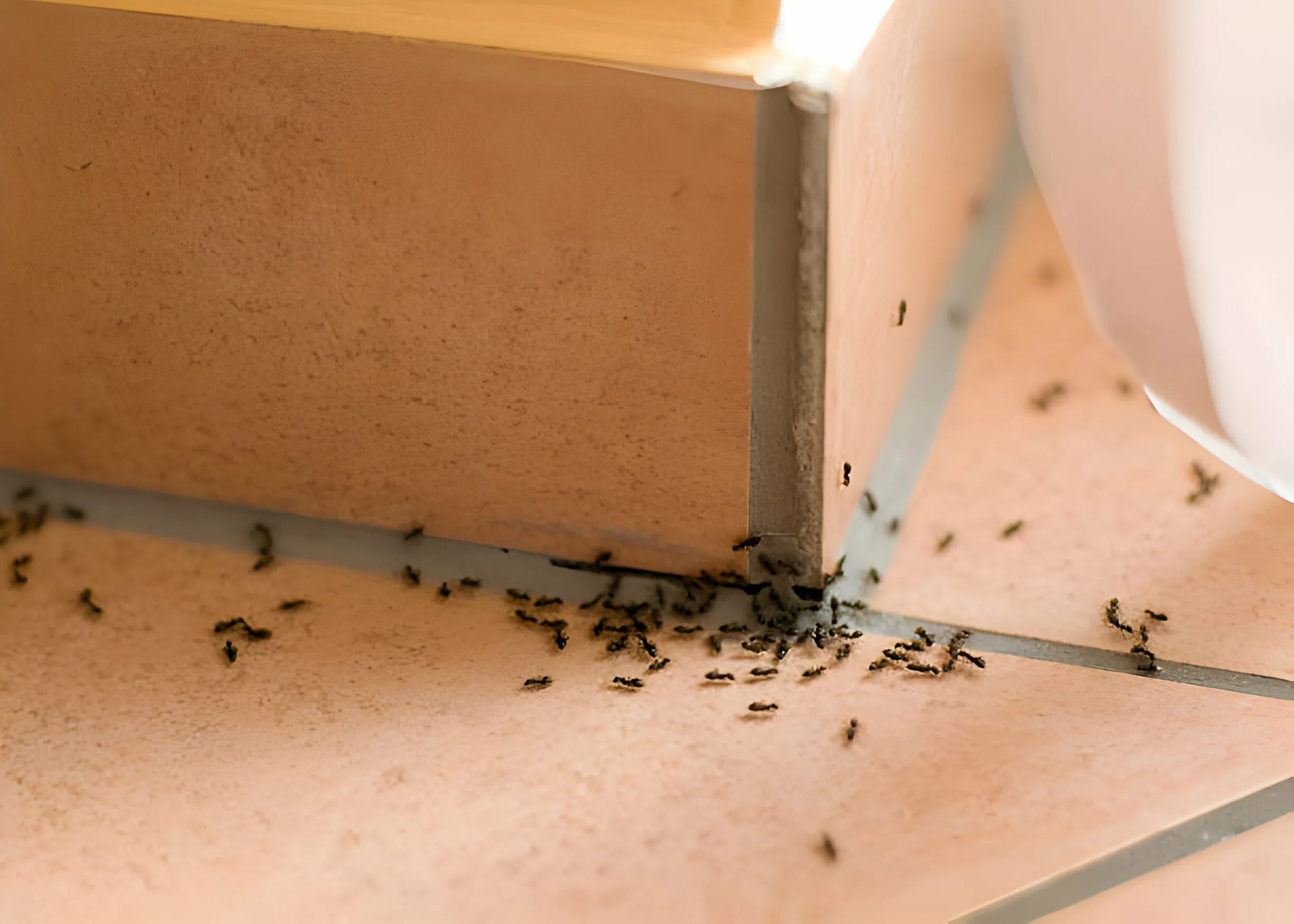Acquiring the ability to know how to calculate square footage of a space is a useful and effortlessly learnable skill that can assist you in managing various do-it-yourself home tasks.
For home improvement projects like painting or installing new flooring, you can estimate the cost of materials once you know the total square footage of a surface area.
Your ability to rent will also improve if you understand square footage because you’ll be able to determine whether your queen bed and area rug will fit in your new bedroom as well as how much space those numbers equate to.
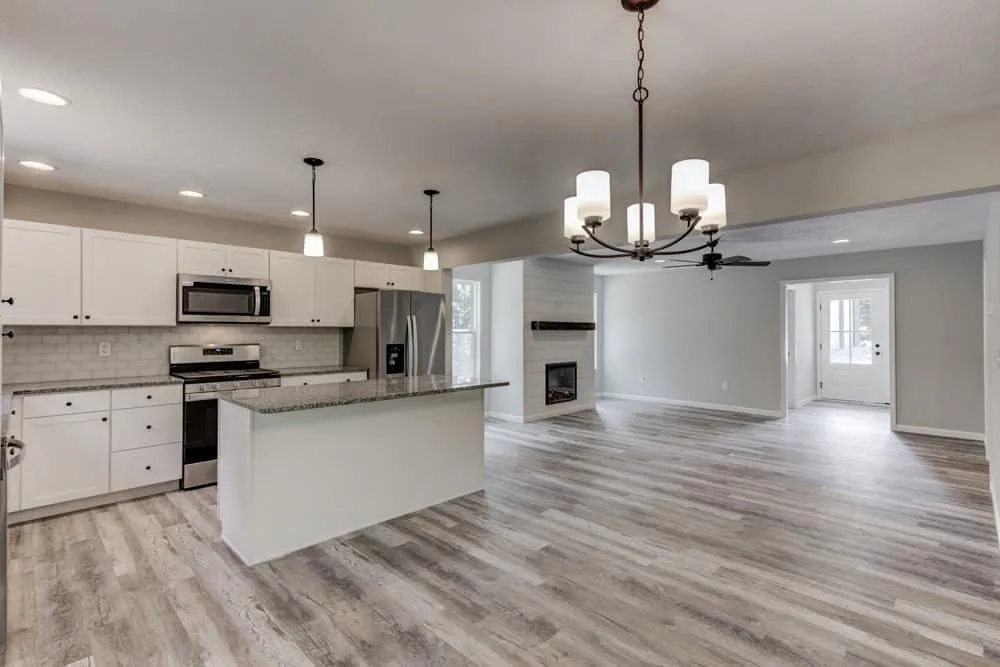
Lastly, knowing square footage helps you figure out how much your space will cost because it lets you calculate the price per square foot for things like real estate purchases or rentals.
What is Square Footage?
To put it simply, square footage is the total area covered by level space. Let’s take an example where you are aware that your room measures 8 feet by 12 feet.
You are aware of the length and width, but are you also aware of the surface area? How can you tell if the room will accommodate your furniture comfortably?
You can determine how much surface area you have to work with by looking at the square footage.
This calculation can help you determine the appropriate size rug to purchase or even whether your room can accommodate a full or queen-size bed depending on the amount of usable square footage you have available and the area that your bed’s footprint will occupy.
How to Calculate a Home’s Square Footage
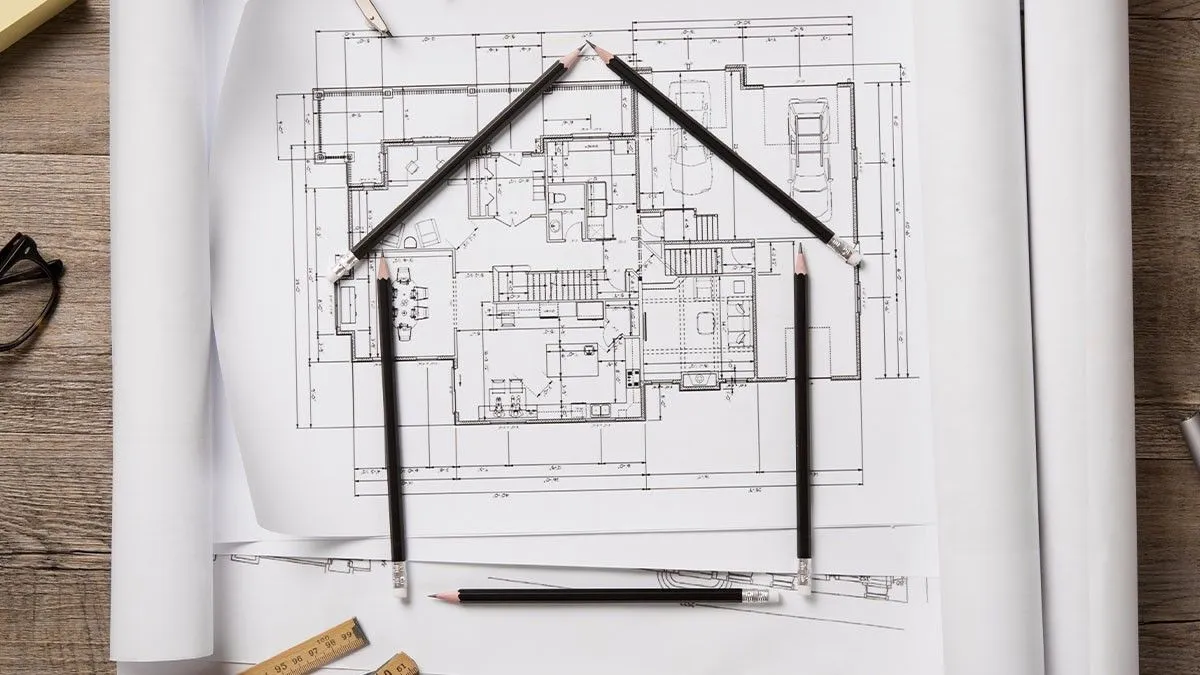
The good news is that figuring out square footage is not too difficult. Just multiply the length by the width of the room to find the square feet of a rectangular or square room.
Thus, to get 120 square feet from a room that is 10 feet long and 12 feet wide, just multiply 10 by 12. Measure any alcoves in the space separately and add the result to the room’s total square footage.
If the room is 120 square feet and there is a 3 by 3 alcove, the overall area will be 129 square feet.
Repeat this procedure in each room of the house to get the overall square feet. Once every room has been measured, tally the results. For instance, your home’s total square footage will be 430 square feet if its three rooms have respective sizes of 120, 80, and 230 square feet.
Why Square Footage is Important
Knowing how to calculate a house’s square footage can be useful for a variety of purposes, such as selling a property, contesting an excessive tax assessment, or adding extra space through renovations.
When setting your asking price for your home, knowing the precise dimensions of the property is essential if you’re getting ready to list it for sale. An erroneous square footage measurement may lead to an erroneous appraisal price.
For similar reasons, square footage—often shortened as SF or SQFT—matters in real estate transactions involving mortgages. To confirm the property’s value, the lender will require that information.
The square footage of your house can be useful in other contexts, though. For example, to get a building permit, you might have to provide the square footage of any previously unfinished areas of your home, like a basement or attic.
Similarly, verifying the square footage may help you get your property taxes lowered if your county or municipality assesses higher taxes than you believe you should.
What is Considered a Home’s Square Footage?
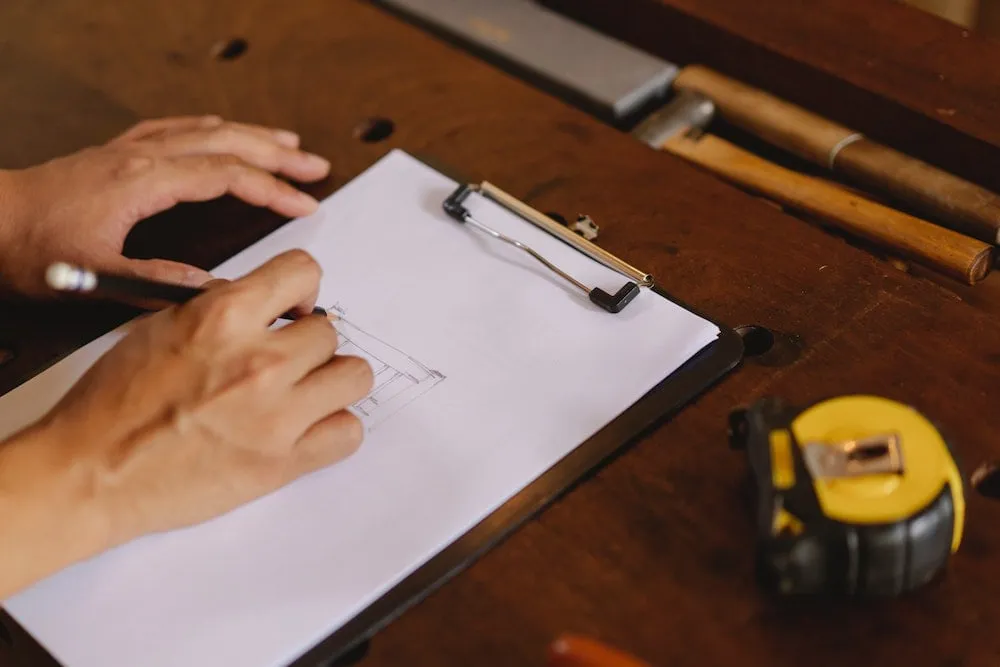
A home’s square footage only includes finished areas. Any space that can be inhabited year-round is considered finished and usually possesses the following features.
- Ceiling (must have a floor-to-ceiling height of 7 feet or more)
- Wallcovering
- Flooring
- Heating and cooling
If completed, the following rooms are usually included in a home’s square footage:
- Living room
- Family room
- Kitchen
- Dining room
- Bathrooms
- Bedrooms
- Finished basement (if applicable)
- Porch with heating and cooling system (if applicable)
Although it’s not always necessary, remodeling unfinished spaces increases the square footage of your house and, depending on the circumstances, could raise its value.
If you’re thinking about selling your house, talk to your real estate agent about the areas that could use finishing.
What to Leave Out of Your Square Footage Calculation
The floor area that is deemed finished and habitable is probably the square footage that you are most interested in learning about, and appraisers take this into account as well. Don’t include the following areas in your computations:
- Space between walls.
- Utility room.
- Garage.
- Unfinished attic space.
- Any space, or portion of space, with a ceiling lower than seven feet.
- Any enclosed porches or sunrooms not heated the same as the rest of the house.
- Finished basement space that is below grade.
- An attic or basement must have a floor, ceiling, walls, and egress constructed by code to be deemed habitable.
How Does an Appraiser Determine the Square Footage of a House?
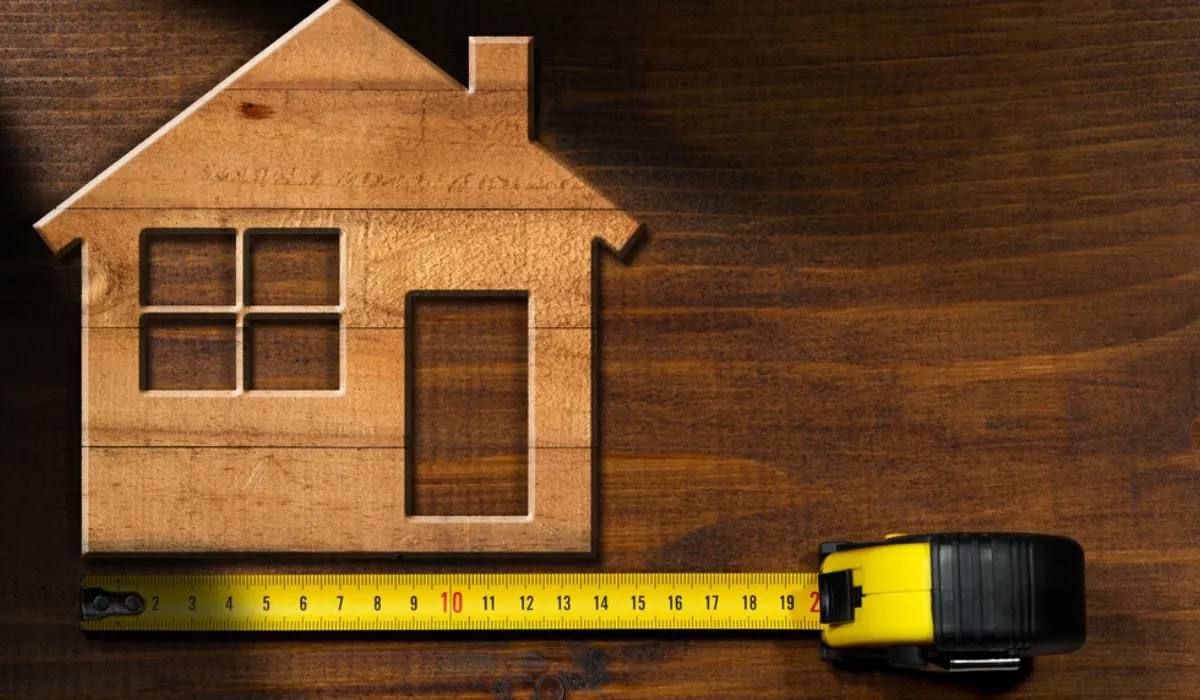
An appraiser will only measure heated and cooled interior spaces when determining a home’s square footage. This includes living areas, enclosed patios, kitchens, bathrooms, bedrooms (as well as closets), and finished attics.
The square footage of a home does not include airspaces, vaulted rooms, screened or open patios, or unfinished areas.
Furthermore, the square footage of the house will not include any space that needs to pass through an unfinished area, like a guest house, storage space, or pool house.
What is Usable Square Footage?
When referring to the amount of space a tenant can truly occupy in a commercial real estate setting, the phrase “usable square footage” is typically used to exclude common areas such as lobbies, hallways, and stairwells.
Regarding residential real estate, your usable square footage is the area of your personal space within the home as opposed to shared areas like living rooms and kitchens, as well as common areas like hallways and storage closets.
In every transaction they work on, individuals who are proficient in calculating a home’s square footage have an advantage. On the other hand, accuracy is crucial. Success is more likely to come to those who can calculate a house’s square footage with accuracy.


